
Ever dreamed of opening your own bookstore? You’re not alone! While many people think bookstores are a dying business, the truth is more nuanced. With the right approach, you can create a thriving community hub that book lovers will cherish. Let’s dive into everything you need to know.
Why Now Is Actually a Great Time for Bookstores
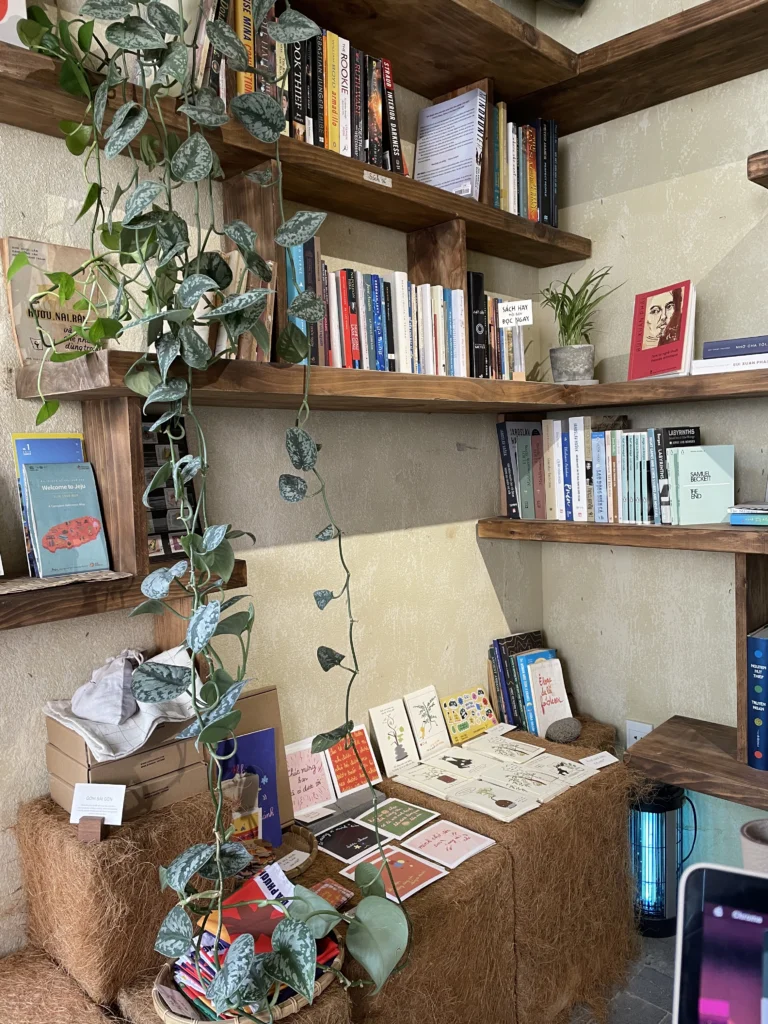
You might be wondering, “Is opening a bookstore even viable in 2025?” Here’s the encouraging news: independent bookstores have been making a comeback! According to the American Booksellers Association, the number of independent bookstore locations in the U.S. increased by 65% between 2009 and 2023, growing from 1,651 to 2,730 locations.
The key? Modern successful bookstores aren’t just selling books—they’re creating experiences and building communities around the love of reading.
Market Overview & Predictions

Current Market Size:
- The U.S. bookstore industry generates approximately $10.5 billion annually
- Independent bookstores account for about 7% of total book sales
- The average independent bookstore generates $450,000-$700,000 in annual revenue
Future Predictions (2025-2030):
- Independent bookstore growth is expected to continue at 2-3% annually
- Event-focused and community-driven bookstores are projected to outperform traditional models
- Hybrid bookstore-cafés are showing 15-20% higher profit margins
Your Ready-Made Bookstore Business Plan

Executive Summary
Business Name: [Your Bookstore Name]
Business Type: Independent community bookstore with café
Target Market: Local community, students, professionals, book clubs
Projected First-Year Revenue: $350,000-$500,000
Break-even Timeline: 18-24 months
1. Concept & Market Analysis

Your Unique Value Proposition: You’re not just selling books—you’re creating a third space where people can discover, connect, and grow. Your bookstore will combine:
- Carefully curated book selection
- Regular author events and book clubs
- Cozy café space
- Community programming
Target Customer Demographics:
- Primary: Adults 25-55 with disposable income
- Secondary: College students and retirees
- Book clubs and literary organizations
- Parents seeking children’s programming
2. Financial Projections
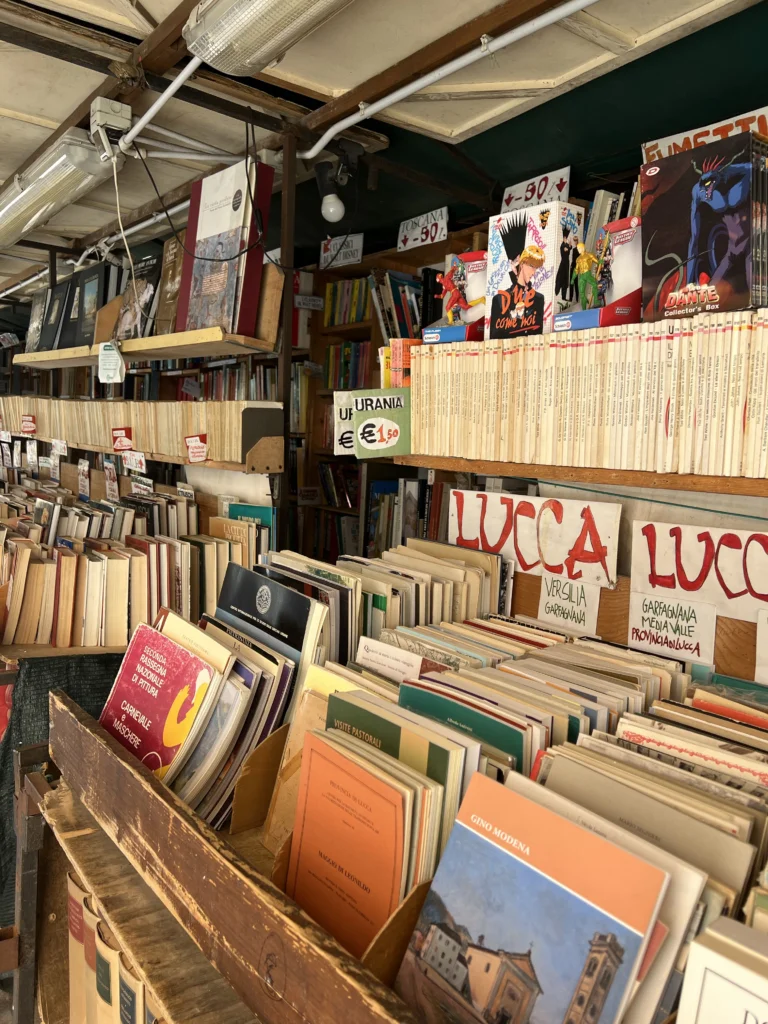
Startup Costs (Detailed Breakdown):
- Initial Inventory: $35,000-$50,000
- Store Fixtures & Furniture: $25,000-$40,000
- POS System & Technology: $5,000-$8,000
- Renovation & Signage: $15,000-$30,000
- First Year Rent (deposit + 6 months): $25,000-$50,000
- Marketing & Grand Opening: $5,000-$10,000
- Operating Capital: $20,000-$30,000
- Total Initial Investment: $130,000-$218,000
Monthly Operating Expenses:
- Rent: $4,000-$8,000
- Inventory restocking: $8,000-$12,000
- Staff salaries: $6,000-$10,000
- Utilities: $800-$1,200
- Insurance: $500-$800
- Marketing: $1,000-$2,000
- Miscellaneous: $1,000-$1,500
- Total Monthly: $21,300-$35,500
Revenue Projections (First Year):
- Book Sales (70%): $245,000-$350,000
- Café/Beverages (20%): $70,000-$100,000
- Events/Programs (5%): $17,500-$25,000
- Gifts/Accessories (5%): $17,500-$25,000
- Total Annual Revenue: $350,000-$500,000
3. Operations Plan
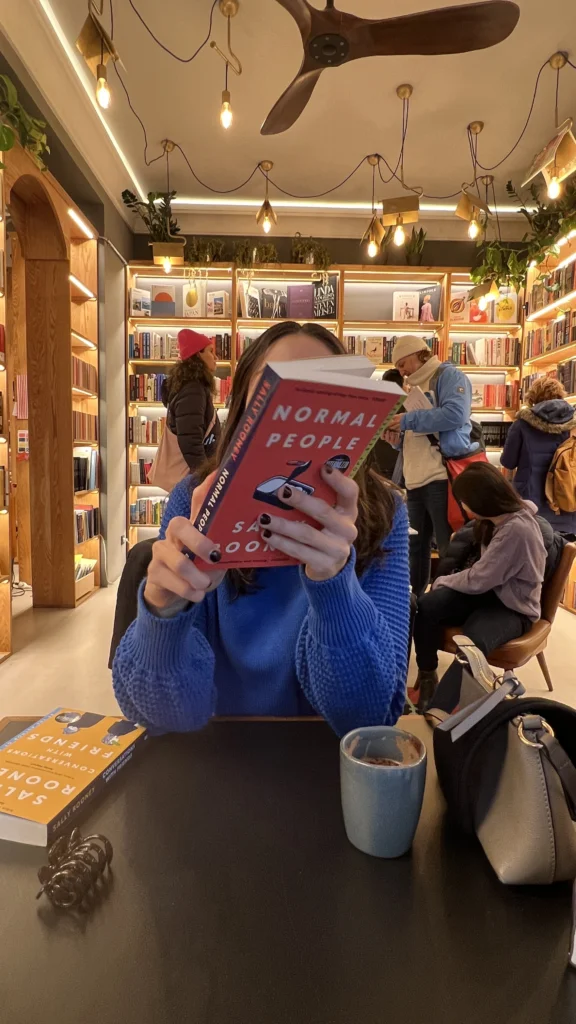
Store Layout (1,500-2,500 sq ft):
- 60% book displays and browsing areas
- 25% café seating and counter
- 10% event space/reading nook
- 5% storage and office
Inventory Strategy:
- New releases and bestsellers (40%)
- Local and regional authors (15%)
- Classics and literary fiction (20%)
- Children’s books (15%)
- Non-fiction and specialty sections (10%)
Staffing Plan:
- Owner/Manager (you!)
- Part-time bookseller/barista (2-3 employees)
- Event coordinator (can be part-time initially)
4. Marketing & Community Engagement

Grand Opening Strategy:
- Soft opening with free coffee for first 100 customers
- Author reading series launch
- Local media outreach
- Social media campaign
Ongoing Marketing:
- Monthly newsletter with book recommendations
- Active social media presence (Instagram, Facebook)
- Partnerships with local schools and libraries
- Seasonal events and themed book displays
Community Programming:
- Weekly book clubs (different genres)
- Author readings and signings
- Children’s story time
- Writing workshops
- Literary trivia nights
Deep Dive: Financial Planning That Actually Makes Sense
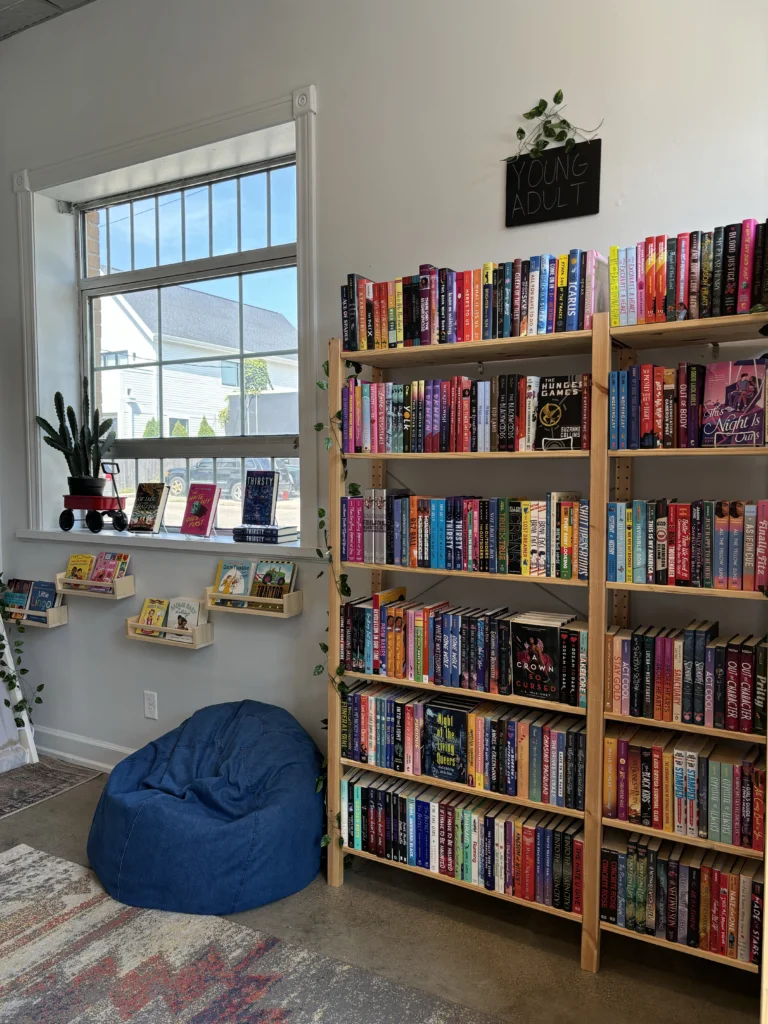
Let’s talk numbers—but in a way that doesn’t make your eyes glaze over! You know what scared me when I first started researching bookstore ownership? All those intimidating financial projections that seemed to come from nowhere. So let’s break this down together, step by step, with real data that’ll help you make smart decisions.
Table 1: Your Monthly Financial Reality Check
| Revenue Source | Conservative ($) | Realistic ($) | Optimistic ($) | % of Total |
|---|---|---|---|---|
| Book Sales | $20,500 | $29,200 | $37,500 | 70% |
| Café/Beverages | $5,900 | $8,300 | $10,700 | 20% |
| Events/Programs | $1,450 | $2,100 | $2,650 | 5% |
| Gifts/Accessories | $1,450 | $2,100 | $2,650 | 5% |
| Monthly Total | $29,300 | $41,700 | $53,500 | 100% |
These numbers represent what you might expect after getting your feet under you—around month 6 or 7.
Here’s why I love this breakdown: notice how books are your main income but not your only income? That’s the secret sauce! Those lattes and literary tote bags might seem small, but they add up to a significant chunk of your revenue.
Table 2: Smart Inventory Investment Guide
| Book Category | Initial Stock ($) | Monthly Reorder ($) | Profit Margin | How Fast They Move |
|---|---|---|---|---|
| New Releases/Bestsellers | $15,000 | $6,000 | 40% | 4 times a year |
| Local Authors | $5,000 | $1,800 | 45% | 3 times a year |
| Literary Fiction | $8,000 | $2,500 | 45% | 2.5 times a year |
| Children’s Books | $6,000 | $2,200 | 50% | 4 times a year |
| Non-fiction/Specialty | $4,000 | $1,500 | 45% | 2 times a year |
| Total | $38,000 | $14,000 | 44% | 3 times a year |
What this table is really telling you: Start with local and children’s books—they turn over quickly and have great margins. That literary fiction you love? It’ll move slower, but those customers who buy it become your most loyal fans.
Table 3: Staffing Your Way to Success

| Timeline | Your Salary | Part-time Help | Benefits/Taxes | Total Cost |
|---|---|---|---|---|
| Months 1-3 | $2,500 | $2,000 | $450 | $4,950 |
| Months 4-6 | $3,000 | $3,200 | $620 | $6,820 |
| Months 7-9 | $3,500 | $4,500 | $800 | $8,800 |
| Months 10-12 | $4,000 | $5,200 | $920 | $10,120 |
Here’s the honest truth: you’ll probably work for peanuts in the beginning. That’s okay! You’re building something amazing.
Table 4: When Will You Actually Make Money?
| Your Goal | Monthly Revenue You Need | Books You’ll Sell Monthly | What That Looks Like Daily |
|---|---|---|---|
| Paying the Bills | $21,300 | 1,420 books | $710 per day |
| Living Comfortably | $28,500 | 1,900 books | $950 per day |
| Actually Thriving | $35,500 | 2,370 books | $1,183 per day |
This assumes your average book costs $15—mix of paperbacks, hardcovers, and children’s books
Table 5: Event Programming—Your Community Cash Cow
| What You’re Hosting | How Often | Who Shows Up | Money Per Event | Monthly Total |
|---|---|---|---|---|
| Author Readings | 2 times | 25 people | $375 | $750 |
| Book Clubs | 4 times | 12 people | $120 | $480 |
| Writing Workshops | 1 time | 8 people | $400 | $400 |
| Kids’ Story Time | 4 times | 15 families | $90 | $360 |
| Special Events | 1 time | 40 people | $600 | $600 |
| Total Each Month | $2,590 |
Look at that last number! Events aren’t just about building community (though they absolutely are)—they’re a legitimate revenue stream. Plus, attendees almost always browse and buy books afterward.
The Real Talk About Money
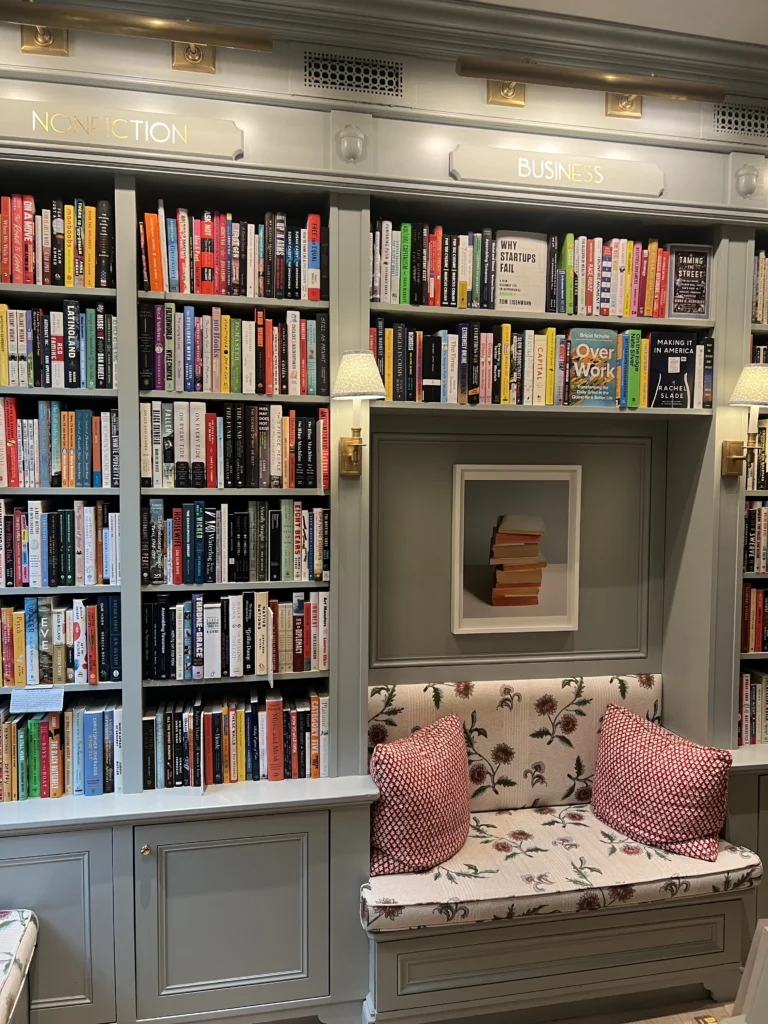
Let’s be honest about margins: Books aren’t high-margin items. You’ll typically mark them up 40-50% from wholesale. But here’s what the numbers don’t show—when someone falls in love with a book you recommended, they become a customer for life. That relationship is worth so much more than the profit on a single sale.
Your café saves the day: Coffee and pastries can have 60-70% profit margins. That $4 latte costs you maybe $1.20 to make. See why successful bookstores aren’t just about books anymore?
Events build everything: Yes, that author reading might only bring in $375 directly. But those 25 attendees will browse, buy books, tell friends, and come back. Some will join your book club. A few might become regulars who stop by weekly for new recommendations.
Table 6: Your Competition Analysis
| Store Type | Average Revenue | Your Advantage | Their Challenge |
|---|---|---|---|
| Big Box Stores | $2M+ annually | Personal service, curated selection | No community connection |
| Chain Bookstores | $800K annually | Local focus, events | Corporate limitations |
| Online Retailers | Varies widely | Immediate gratification, browsing experience | No physical interaction |
| Library Sales | Non-profit | New releases, expert curation | Limited hours/selection |
Here’s your competitive edge: You’re not just selling books—you’re selling discovery, community, and experience. Amazon can’t replicate the joy of stumbling upon the perfect book or the pleasure of discussing a great read with a knowledgeable bookseller.
Table 7: Your Year One Goals (Realistic Timeline)
| Month | Revenue Goal | Key Milestone | Focus Area |
|---|---|---|---|
| 1-2 | $15K-20K | Grand opening buzz | Getting known |
| 3-4 | $20K-25K | Regular customers | Building habits |
| 5-6 | $25K-30K | First events series | Programming launch |
| 7-8 | $30K-35K | Holiday season prep | Seasonal planning |
| 9-10 | $35K-40K | Holiday sales peak | Customer retention |
| 11-12 | $35K-45K | Loyal community | Planning year two |
5. Technology & Systems
Essential Tools:
- BookManager or similar inventory system
- Square or similar POS system
- Website with online ordering capability
- Social media scheduling tools
- Email marketing platform
Successful Bookstore Examples Worldwide

Let me share some inspiring success stories that prove bookstores can absolutely thrive:
1. Powell’s Books (Portland, Oregon)
- Started in 1971, now operates multiple locations
- The flagship store covers an entire city block
- Annual revenue: Over $100 million
- Key Success Factors: Massive selection, tourist destination, strong online presence
2. Shakespeare and Company (Paris, France)
- Historic bookstore that’s become a cultural landmark
- Combines bookstore with literary events and lodging for writers
- Success Secret: Creating an experience beyond just selling books
3. The Last Bookstore (Los Angeles, California)
- Opened in 2005 in downtown LA
- Became one of the largest independent bookstores in the U.S.
- What Works: Massive space, unique aesthetic, events programming
4. McNally Jackson (New York City)
- Started in 2004, now has multiple NYC locations
- Known for literary events and carefully curated selection
- Key Strategy: Focus on literary community and author relationships
5. Book Soup (West Hollywood, California)
- Open since 1975, survived multiple industry challenges
- Celebrity clientele and strong event programming
- Success Factor: Consistent community engagement and prime location
Your Path to Success: Key Actionable Steps

Phase 1: Planning (Months 1-3)
- Secure financing (consider small business loans, investors, or crowdfunding)
- Find your perfect location (foot traffic is crucial!)
- Obtain necessary licenses and permits
- Develop your brand identity
Phase 2: Setup (Months 4-6)
- Sign lease and begin renovations
- Install fixtures and technology systems
- Build relationships with book distributors
- Hire and train initial staff
Phase 3: Pre-Launch (Months 7-8)
- Stock inventory and set up displays
- Build buzz through social media
- Reach out to local media and bloggers
- Plan your grand opening event
Phase 4: Launch & Growth (Month 9+)
- Execute grand opening
- Establish regular programming
- Build customer loyalty programs
- Monitor performance and adjust strategies
Financial Success Tips

Maximize Your Revenue:
- Maintain a 40-50% markup on books
- Price café items competitively but profitably
- Create membership programs for frequent customers
- Host profitable events (author talks, workshops)
Control Your Costs:
- Negotiate favorable terms with distributors
- Manage inventory carefully to avoid overstock
- Consider consignment for local authors
- Use social media for cost-effective marketing
Overcoming Common Challenges

“But what about Amazon?” Your advantage isn’t competing on price—it’s about experience. You offer browsing, discovery, immediate gratification, and community connection that online retailers simply can’t match.
“How do I compete with chain bookstores?” Focus on what makes you unique: personal service, local connections, curated selections, and community events. Many customers actively want to support local businesses.
“What if I don’t have enough capital?” Consider starting smaller, partnering with a café owner, or exploring crowdfunding. Some successful bookstores began as online-only or pop-up operations before securing permanent spaces.
Monthly Milestones to Track
Month 1-6:
- Aim for $20,000-$30,000 monthly revenue
- Focus on building your customer base
- Establish regular programming
Month 7-12:
- Target $30,000-$40,000 monthly revenue
- Expand event programming
- Consider adding evening hours
Year 2 and Beyond:
- Achieve $35,000-$45,000 monthly revenue
- Explore expansion opportunities
- Develop loyalty programs and partnerships
The Bottom Line

Opening a bookstore isn’t just about making money—it’s about creating a space where literature and community intersect. While it requires careful planning and dedication, the rewards go far beyond financial returns.
Remember, every successful bookstore started with someone who believed in the power of books to bring people together. With this business plan as your foundation, proper financing, and a genuine love for books and community, you can create something truly special.
Your dream of owning a bookstore doesn’t have to remain just a dream. With careful planning, community focus, and persistence, you can build a thriving business that enriches both your life and your community.
Are you ready to turn the page and start this exciting new chapter? Your literary adventure awaits!





Pingback: 13 Christmas Gifts for the Person Who Has Everything